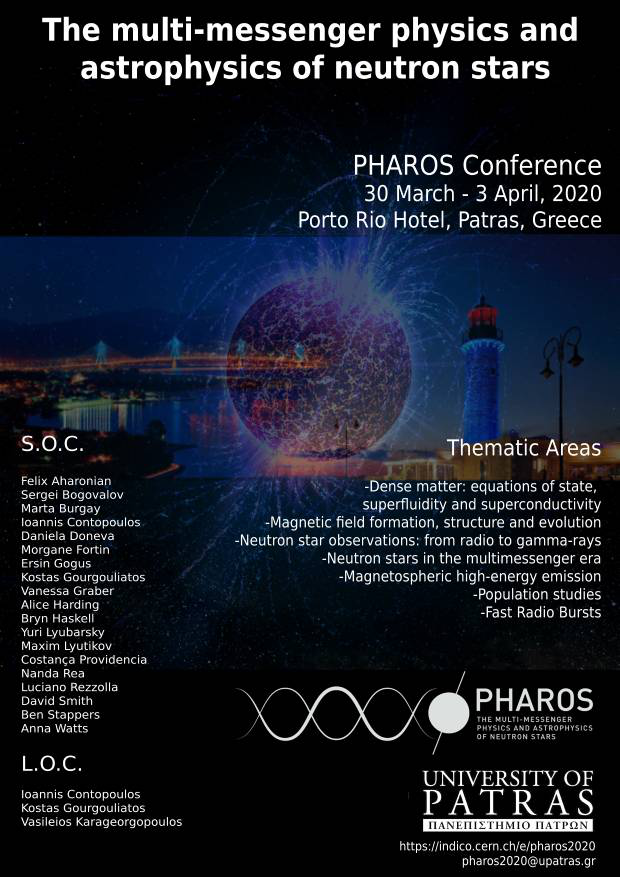Speaker
Description
The subpulse drifting, seen as periodic modulations in the single pulse radio emission, provides a direct observational window into the inner acceleration region (IAR) of pulsars. The drifting is associated with the sparking discharges responsible for the non-stationary plasma flow, where the sparks are expected to undergo ExB drift in the IAR. However, there is significant diversity observed in the drifting behaviour, and a self consistent physical mechanism that can explain this wide variety is still lacking. To understand the drifting behaviour in the pulsar population we have conducted sensitive observations of single pulse radio emission using the Giant Meterwave Radio Telescope (GMRT), and characterised the periodic behaviour using standard fluctuation spectrum analysis. A near complete sample of drifting pulsars, around 70 known cases, has been investigated in these studies which yielded significant constraints on the physical characteristics of subpulse drifting as well as the underlying mechanism, some of which are highlighted as follows.
a. We found the periodic modulations to be more generic in the pulsar population, and a systematic classification scheme allowed us to find a number of pulsars showing periodic modulations which are not associated with subpulse drifting. They constitute a newly emergent phenomenon in pulsars requiring different physical mechanism.
b. In the pulsars showing subpulse drifting behaviour, we found an anti-correlation between the modulation periodicity with pulsar spin-down energy loss. This suggests the presence of a Partially Screened Gap (PSG), where the potential drop in the IAR is partially screened by a steady outflow of ion from the heated surface, rather than a vacuum gap in the IAR.
In this talk we will present a detailed characterisation of the drifting behaviour that has emerged from our recent observations and contrast them with other periodic modulations seen in the pulsar radio emission. We will also postulate the physical processes likely to be responsible for the observed drifting behaviour.

